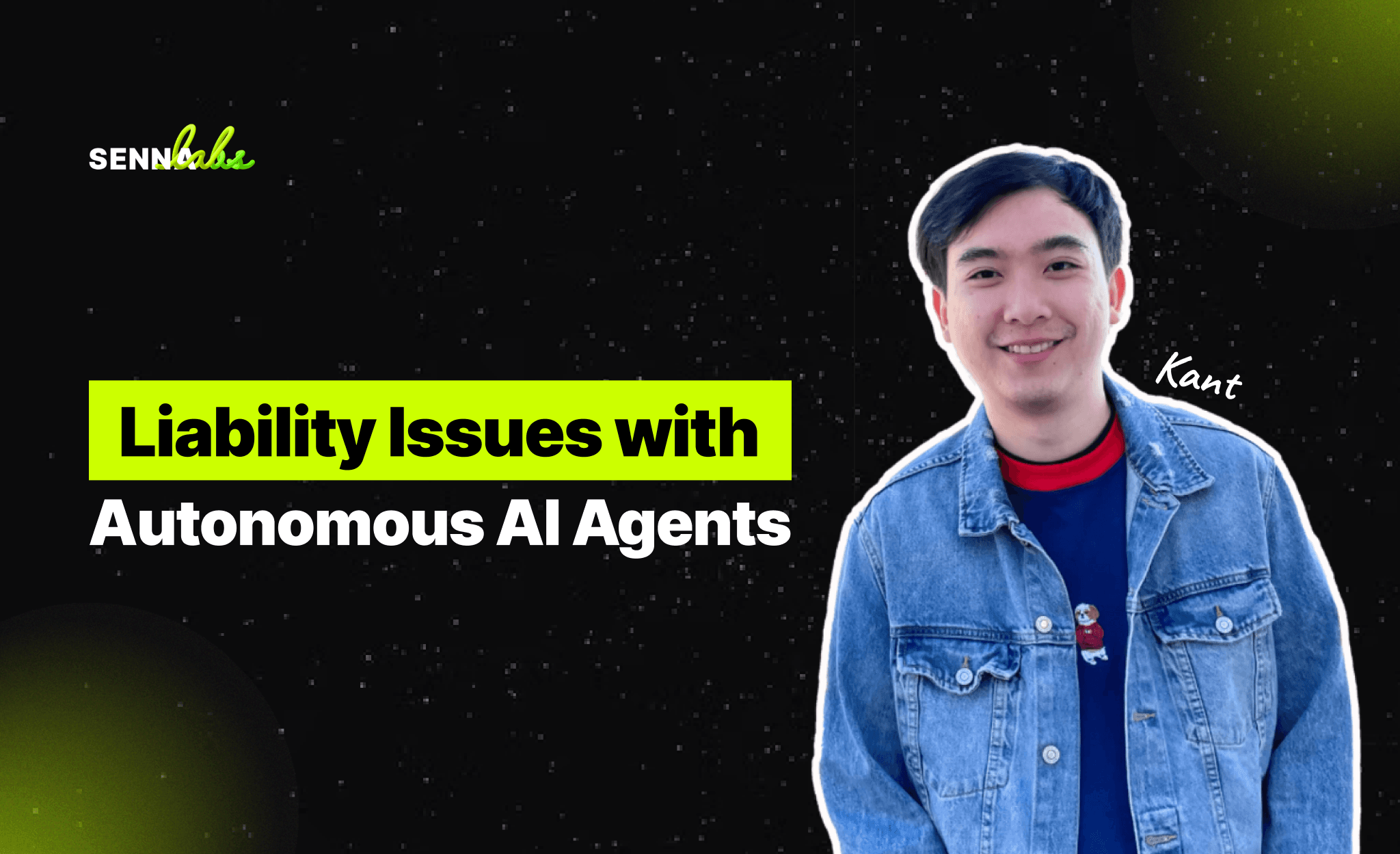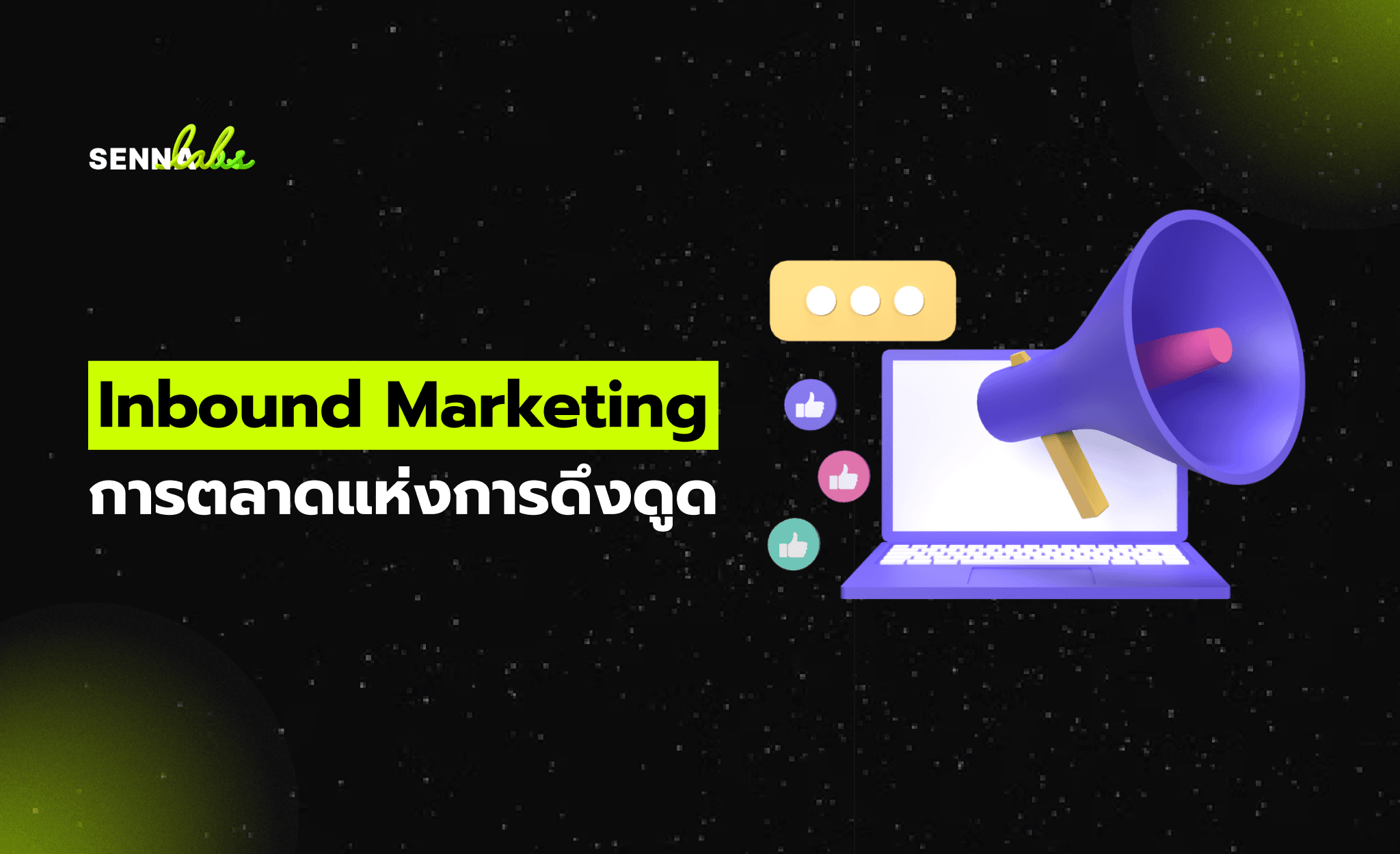Liability Issues with Autonomous AI Agents
Share

As autonomous AI agents become increasingly prevalent in areas such as healthcare, transportation, and finance, questions of legal liability have emerged as a critical challenge. These systems, designed to operate with minimal human intervention, raise complex legal and ethical issues when their actions result in harm or errors. Determining who is responsible—whether it’s the manufacturer, developer, user, or the AI system itself—requires a nuanced understanding of liability laws and the unique nature of autonomous AI agents.
This article explores liability challenges, legal frameworks, and the implications of AI errors, using the example of a self-driving car accident to illustrate these issues.

The Complexity of Liability in Autonomous AI
Autonomous AI agents function independently, making decisions based on algorithms, sensor data, and machine learning models. Unlike traditional tools that require direct human control, autonomous systems introduce uncertainty about accountability when something goes wrong.
Key challenges in determining liability include:
-
Autonomy vs. Control:
Autonomous AI agents act based on pre-programmed algorithms and learning, often without real-time human input. This autonomy blurs the lines of responsibility between humans and machines. -
Predictability of Actions:
Machine learning models can exhibit unpredictable behavior due to biases in training data, unforeseen scenarios, or system errors, complicating accountability. -
Shared Responsibility:
The chain of stakeholders—AI developers, manufacturers, system integrators, and end-users—makes it difficult to pinpoint responsibility for errors.
Types of Liability in Autonomous AI
1. Manufacturer Liability
Manufacturers of AI systems may be held accountable if harm results from design flaws, software errors, or insufficient safety measures.
Example: A self-driving car crashes due to a sensor malfunction caused by a manufacturing defect.
2. Developer Liability
Developers who design the AI algorithms can be liable for harm caused by biases, poorly trained models, or faulty decision-making logic.
Example: A healthcare AI misdiagnoses a patient due to incomplete training data.
3. User Liability
End-users or operators of AI systems may bear responsibility if harm results from misuse, neglect, or failure to follow operational guidelines.
Example: An autonomous vehicle owner fails to perform required software updates, leading to an accident.
4. Shared or Joint Liability
In many cases, liability may be shared among multiple parties, reflecting the collaborative nature of AI system development and deployment.
Use Case: Self-Driving Car Accident
Scenario:
A self-driving car operating under the control of an autonomous AI agent collides with a pedestrian at a crosswalk. Investigations reveal that the AI misinterpreted the pedestrian's movement due to a flaw in its object recognition system.
Legal Questions:
-
Should the car manufacturer be held liable for deploying an AI system with inadequate safety features?
-
Are the software developers responsible for the algorithmic flaw?
-
Does the vehicle owner bear responsibility for failing to monitor the car or maintain required updates?
Outcome:
Depending on the jurisdiction, liability may fall on one or more parties. For example, product liability laws could hold the manufacturer accountable for design defects, while negligence laws might implicate developers or users.
Legal Frameworks Governing AI Liability
1. Product Liability Laws
Manufacturers are typically held liable for harm caused by defective products, including software-driven systems. Under these laws:
-
Design Defects: Flaws in the system's design that make it unsafe.
-
Manufacturing Defects: Errors during production that lead to failures.
-
Failure to Warn: Insufficient instructions or warnings about potential risks.
2. Negligence
Liability may arise from failure to exercise reasonable care in designing, deploying, or maintaining AI systems. Developers or operators who neglect to address foreseeable risks can be held accountable.
3. Emerging AI-Specific Regulations
Countries are introducing AI-specific liability frameworks. For instance:
-
EU AI Act: Establishes risk-based regulations for high-risk AI applications, emphasizing accountability and transparency.
-
Proposed U.S. AI Liability Laws: Focus on ensuring that AI developers and operators maintain ethical and safety standards.
4. Strict Liability for Autonomous Systems
Some jurisdictions advocate for strict liability, holding parties responsible for harm caused by autonomous systems, regardless of intent or negligence.
Strategies for Managing AI Liability Risks
1. Conduct Risk Assessments
Identify potential risks associated with AI systems and implement safeguards to minimize harm.
2. Prioritize Explainability
Develop Explainable AI (XAI) systems to provide clear reasoning behind AI decisions, facilitating accountability.
3. Implement Continuous Monitoring
Monitor AI systems post-deployment to detect and address issues before they escalate.
4. Create Comprehensive User Guidelines
Provide detailed instructions for operating AI systems safely and ensure end-users understand their responsibilities.
5. Establish Insurance Coverage
Secure liability insurance tailored to autonomous AI systems to mitigate financial risks.
Implications of AI Liability for Businesses
1. Increased Accountability
Companies must demonstrate diligence in designing and deploying AI systems to avoid legal and reputational risks.
2. Impact on Innovation
Stricter liability standards may slow innovation by increasing costs and regulatory hurdles for AI development.
3. Need for Collaboration
Developers, manufacturers, and regulators must collaborate to create AI systems that prioritize safety and compliance.
4. Focus on Trustworthiness
Adopting ethical AI practices enhances public trust, positioning businesses as leaders in responsible AI deployment.
Future Outlook: Balancing Innovation and Accountability
As autonomous AI systems become more prevalent, liability issues will continue to evolve. Governments and international organizations are working to harmonize regulations and establish clear guidelines for AI accountability. Emerging technologies, such as blockchain for traceability and advanced Explainable AI tools, may help address these challenges by improving transparency and trust.
Conclusion
The rise of autonomous AI agents has brought about unprecedented legal challenges, particularly in determining liability for harm or errors. Companies must navigate a complex web of laws and ethical considerations to ensure responsible AI deployment. By prioritizing transparency, safety, and compliance, businesses can leverage the benefits of autonomous AI while minimizing legal risks and fostering public trust in these transformative technologies.

Share

Keep me postedto follow product news, latest in technology, solutions, and updates
Related articles
Explore all


